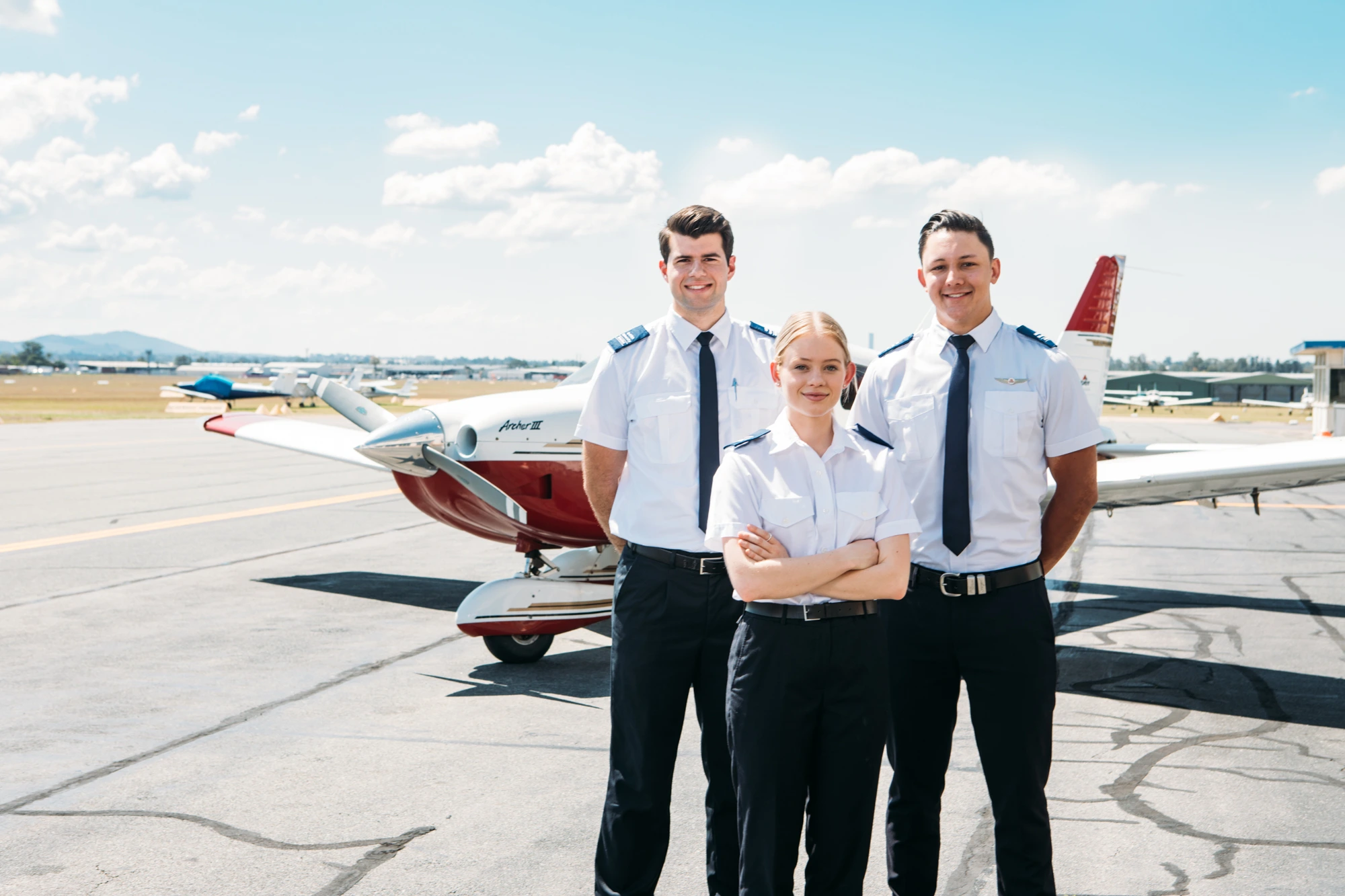
Your Path to the Skies: How to Become a Pilot with a University Degree
If you love flying and dream of piloting an aeroplane, three paths can take you there: becoming a private pilot, a commercial pilot, or a military pilot. This article focuses on becoming a commercial pilot and what it takes to achieve this goal with a university degree.
What to Study to Become a Pilot
To become a commercial pilot, you can follow three different training programmes:
-
Integrated Training: The fastest way to get a pilot’s licence, where you enrol in an aviation school and complete all training within the same institution. This intense programme typically lasts around 18 months.
-
Modular Training: A more flexible and cost-effective path that allows you to work alongside training. You must obtain a Private Pilot Licence (PPL) and have at least 150 hours of flying time to begin modular training.
-
Multi-Crew Pilot Licence (MPL): This training limits you to working for a specific airline and aircraft. The British Airline Pilots Association advises against it unless you have a job offer from an airline.
Both integrated and modular training can be pursued with or without university studies. This article focuses on those taken as part of a degree, which provides in-depth theoretical knowledge in aerospace engineering or aviation and opens up additional career opportunities beyond piloting.
How to Earn Your Commercial Pilot Licence (CPL)
To fly a commercial aircraft, you must obtain:
-
A valid Class One Medical Certificate: A strict medical certification that assesses eyesight, hearing, cardiovascular health, lung function, and more. It must be renewed every 12 months.
-
A Frozen Airline Transport Pilot Licence (fATPL): At the end of your training, you will receive a fATPL, allowing you to start as a Cadet First Officer. With experience, you can progress to Senior First Officer and, after accumulating 1,500 flight hours, your ATPL becomes unfrozen, enabling you to apply for Captain positions.
fATPL Training Subjects
While training for your fATPL, you must pass exams in the following subjects:
-
Air Law
-
Aircraft General Knowledge
-
Instrumentation
-
Meteorology
-
Flight Planning and Monitoring
-
Navigation (General and Radio)
-
Operational Procedures
-
Principles of Flight
-
Communications (VFR & IFR)
-
Knowledge, Skills, and Attitudes (KSA)
What University Degree Can Grant You a CPL?
A university degree can provide both a solid academic foundation and practical flight training. Some degrees that integrate pilot studies include:
Aerospace Engineering with Pilot Studies
This programme is ideal for students who want a combination of engineering and pilot training. Typically, it includes a Private Pilot Licence (PPL), which can be upgraded to a fATPL through modular or integrated training. This degree is commonly offered in the UK.
Aviation with Pilot Studies
This degree focuses on navigation and aviation operations, often leading to a Commercial Pilot Licence (CPL) by graduation, allowing students to secure jobs as Cadet First Officers immediately. Variants include Aviation Technology (technical focus) and Aviation Management (industry and operations focus). These programmes are more common in Australia and the US.
The Cost of Pilot Training
Pilot training is expensive and significantly higher than average tuition fees for other professions. In the UK, for example, earning a CPL can cost around £100,000. However, costs vary depending on the training path and country. Consider factors like safety regulations, weather conditions for training, and future employment opportunities when selecting a training location.
Conclusion
Becoming a pilot with a university degree takes dedication, time, and financial investment. However, it provides structured training, academic qualifications, and broader career opportunities in aviation. If your passion for flying matches the challenges ahead, a rewarding career in the skies awaits you.